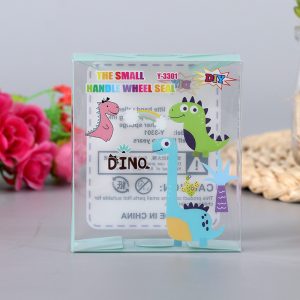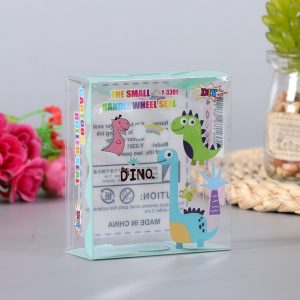The main component of the plastic packaging box is synthetic resin. The term resin was originally named for the lipids secreted by animals and plants, such as rosin, shellac, etc. At present, resins refer to polymers that have not been mixed with various additives. The resin accounts for about 40% to 100% of the total weight of the plastic. The basic performance of plastic packaging boxes is mainly determined by the nature of the resin, but additives also play an important role. Some plastic packaging boxes are basically composed of synthetic resin, with no or little additives, such as plexiglass, polystyrene, etc.
There are basically two types of polymer structures in plastic packaging boxes:
The first is a linear structure, and a polymer compound with this structure is called a linear polymer compound.
The second type is the body structure, and the polymer compound with this structure is called the body polymer compound. Some macromolecules are branched, called branched macromolecules, which belong to the linear structure. Although some polymers have cross-links between molecules, they are less cross-linked, which is called a network structure and belongs to a body structure.
Plastic packaging boxes can be divided into two types: thermosetting and thermoplastic. The former cannot be reshaped and used, and the latter can be repeatedly produced. The so-called plastic packaging box is actually a kind of synthetic resin. Its shape is similar to the pine resin in natural resin. However, it is called a plastic packaging box because it is artificially synthesized by chemical means.


























